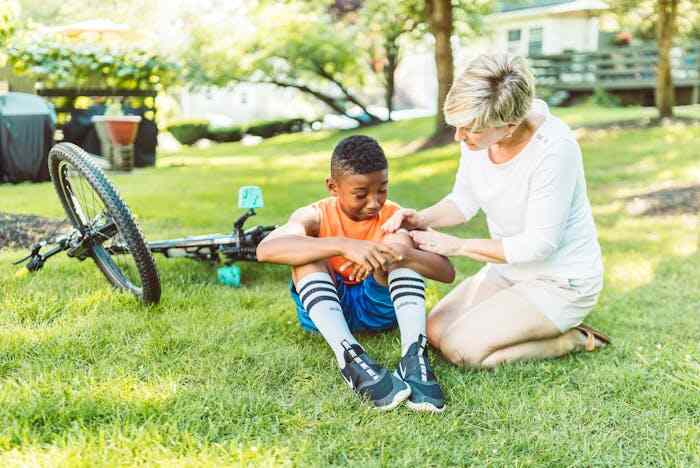Bicycle accidents can lead to serious injuries, and figuring out who’s responsible is a big part of recovering damages. You might assume it’s always the driver’s fault, but that’s not always true. There are many possible causes and many different people or parties who can be held legally responsible.
A bicycle accident usually happens because someone didn’t act with enough care. This failure is called negligence. Every person on the road has a legal responsibility to act safely and not put others in danger. This is known as a duty of care.
In some cases, it’s clear who was at fault. But it’s also possible for more than one person or party to share responsibility. If you’re injured in a bicycle accident, you may need help figuring out who contributed to what happened. That’s why it’s important to consult a lawyer specializing in bicycle accidents. A lawyer can look at all the facts, help gather evidence, and figure out who’s responsible.
Here’s who can be held liable:
The Driver
Many bicycle accidents are caused by drivers who aren’t paying attention, are speeding, or ignore traffic rules. If a driver runs a red light and hits a cyclist, they can be held fully responsible. But not all cases are that obvious.
Sometimes a driver slowly drifts into a bike lane because they’re tired or distracted. Other times, they might open a car door without checking for cyclists. These kinds of actions are dangerous and show a lack of care, which is the main thing the law looks at in a negligence case.
Drivers also have a duty to keep a safe distance when passing a cyclist. In most places, there’s a legal minimum distance required. If a driver passes too closely and either hits the cyclist or forces them off the road, that’s a violation of their duty of care. If they were also distracted, the case becomes even stronger against them.
Aggressive driving is another serious issue. If a driver is tailgating a cyclist, shouting at them, or trying to scare them off the road, they’re showing reckless behavior. If that kind of behavior causes a crash, the driver is very likely to be held responsible.
The law takes these cases seriously because drivers are operating heavy vehicles that can cause major harm.
Other Cyclists
It’s not just cars that can cause bike accidents. Other cyclists can also act carelessly and cause harm. If a cyclist is riding too fast, weaving through traffic, or not paying attention, they can easily crash into another cyclist. These crashes can be just as dangerous, especially if both cyclists fall and hit the ground.
Bicyclists often ride in the same lanes or paths, so staying alert is essential. A careless cyclist who is drunk, drowsy, or distracted can put everyone at risk. Just like with drivers, a cyclist who fails to act responsibly can be held liable for the injuries they cause.
Manufacturers of Defective Bike Parts
Sometimes, the accident isn’t caused by a person’s actions but by a problem with the bike itself. If a brake suddenly fails or a tire bursts because of a manufacturing defect, that can lead to a serious crash.
In these cases, the people or companies who made or sold the faulty part can be held responsible. This is called product liability.
To prove this kind of claim, you need to show that the part was defective and that the defect directly caused the accident. You may also need to prove that you were using the bike the right way when it happened.
These cases often involve more investigation and expert opinions, but they can still lead to strong claims if the evidence supports it.
Other Third Parties
There are other situations where a third party could be to blame. For example, if a delivery truck is parked illegally and blocks the bike lane, a cyclist might have to swerve into traffic and get hit. In this case, the delivery driver or their company could be held responsible.
Another example is when a pedestrian ignores traffic signals and steps in front of a cyclist, forcing them into danger. If the cyclist swerves to avoid the pedestrian and ends up in a crash, the pedestrian might be partly or fully liable.
Even in cases involving other people or companies, you still need to prove that their actions or lack of care directly caused the accident. Gathering photos, videos, witness statements, and expert reports can all help show what really happened.


